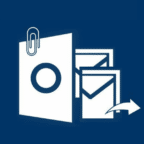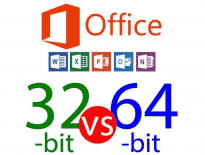When mail systems malfunction, users may be frustrated by duplication. This does not mean a few identical messages land in your inbox. The issue of Outlook sending duplicate emails is much more severe. When this happens, the mail client replicates all the user’s messages. Moreover, this happens over and over again. As a result, you are flooded with unnecessary copies that clog up your inbox.
It is one of the most irritating things that happen in this mailing environment. Luckily, there are ways to stop this prolonged cycle of repetition. As the root is configuration, users do not have to experiment. Instead, they can follow proven sequences of actions. So, here is how to stop duplicate emails in Outlook. The first step is identifying the cause.
Rules Resulting in Duplicate Email
Your mail system may be acting funny due to its ‘Move to folder‘ rules. This issue is the most common one. On the upside, it is fairly easy to eradicate. But first, let’s see how it could result in the multiplication of messages.
Basically, the reason is that all rules configured by the user will apply to every new message. For instance, you may program the client to assign messages to a special category, or mark them for follow-up. Consider the following example.
Imagine you have imposed two distinct rules. Both specify automatic redirection once a message arrives:
- from John Smith — move it to the ABC folder
- with Subscription word in the subject — move it to the ABC folder
So, what will happen if John Smith sends you an email titled ‘Subscription Issues’? Both rules will apply automatically, which means the same message lands in the ABC folder twice. Now, let’s move on to the solution.
The method is simple. If this is the cause of duplicating, just add a few words to one of the rules. Type in ‘stop processing more rules‘, and this will suffice. If the first rule contains this action, the second rule will be ignored.
What if the number of rules is different? They need to be ranked in the proper order. This is not rocket science, but bear in mind that changes affect the message being checked.
Duplicate Emails in Outlook: Accounts
Sometimes, users fail when they configure several accounts. While Outlook allows this, the adjustment must be meticulous. If you happen to add accounts that are linked to the same mailbox, the result will be annoying. Such account doubles are known as mail aliases.
If you configure an account twice via POP3, you will end up with two aliases delivering the same mail. This is another common reason for double emails in Outlook. When the mail client is programmed to leave a copy on the server, both accounts gather the same messages. If this is the case, configure one of the two to stop receiving emails. Usually, alias accounts are thus deactivated.
Eliminating Duplicate Emails in Outlook 2007
- Begin by visiting the Tools section.
- Locate Options and click on the feature.
- Head to the Mail Setup tab.
- Click on the ‘Send/Receive’ button.
- Click on the ‘Edit’ button.
- Pick the secondary account.
- Uncheck the box titled ‘Receive mail items’.
Duplicate Emails In Outlook 2010
This method will also work for newer versions of the mail client (2013, 2016, 2019, and Office 365). Hence, if you are receiving duplicate emails in Outlook 2016, follow these steps.
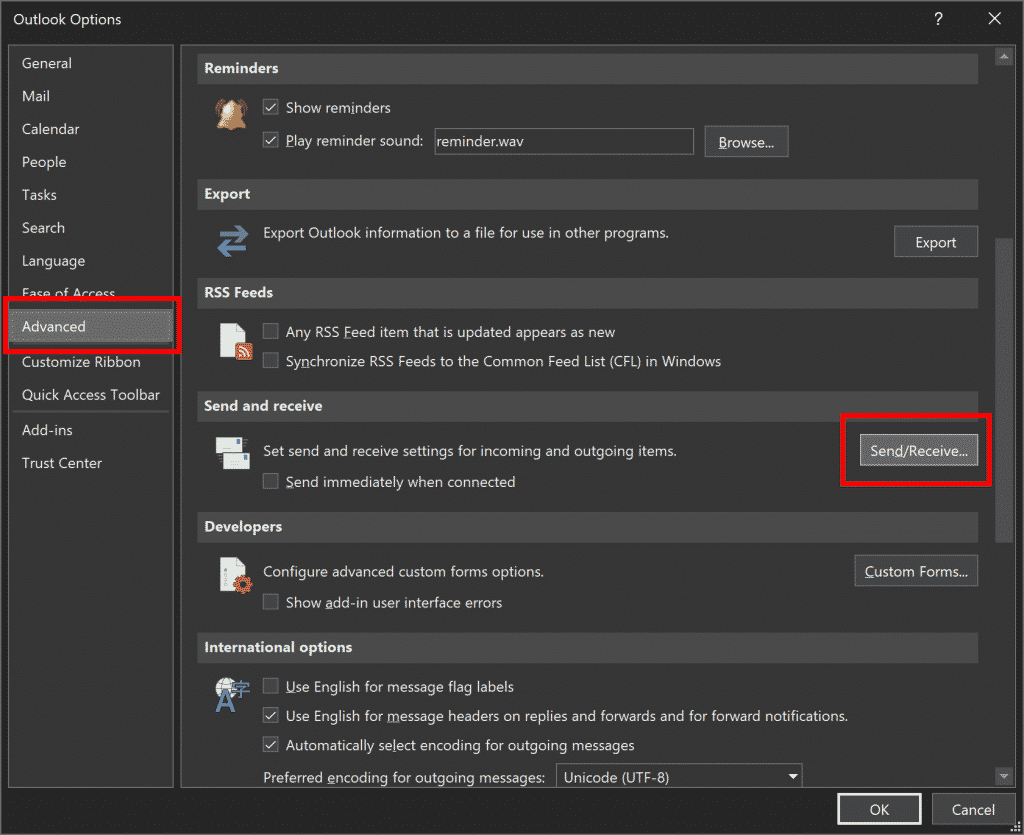
- From menu ‘File’, head to ‘Options’.
- Choose the ‘Advanced’ section.
- Click the ‘Send/Receive…’ button.
- Click the ‘Edit’ button.
- Pick the secondary account.
- Uncheck the box ‘Receive mail items’.
- Choose which account will be used for sending.
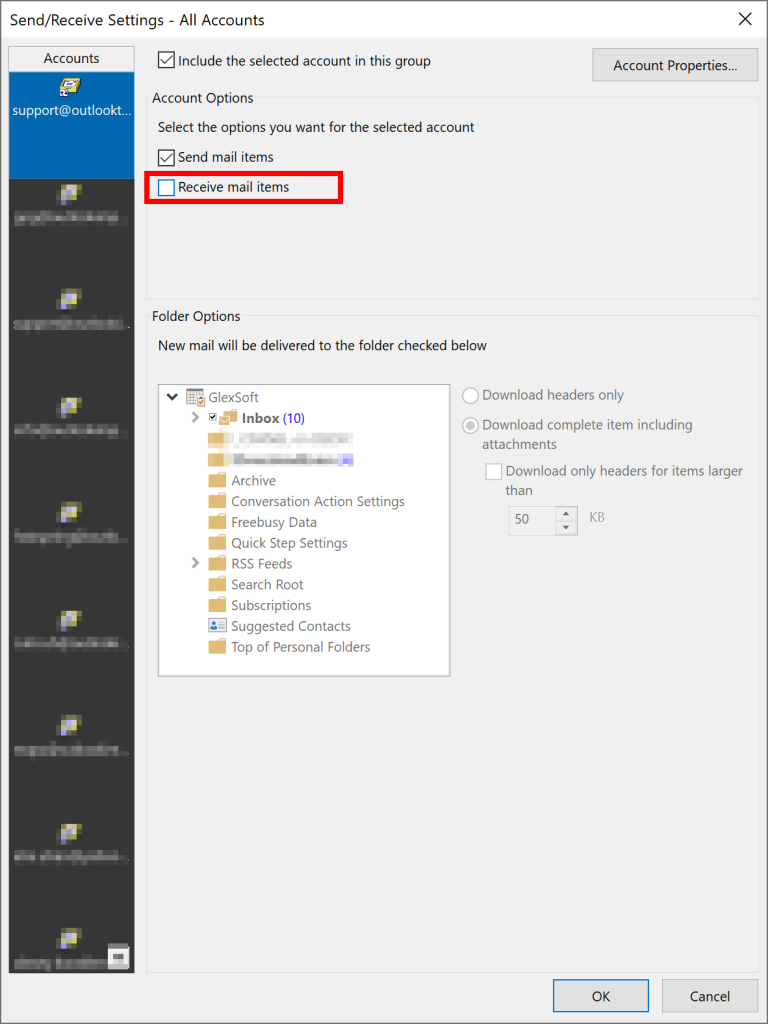
Duplicate Emails in Outlook: Profile Recreation
Sometimes, users may need to regenerate their profiles. This could happen due to technical glitches and corruption. A common case is the reinstallation of the OS, which makes the configuration of Outlook unavoidable. If the system had been programmed to retain a copy on the server (POP3), all emails will be gathered once more — even if they were delivered previously.
Why does this happen? Your new configuration is unaware the previous profile ever existed. When users of Outlook 2007 create their new profile from scratch, they may commit the same blunder. While the account is being configured, they assign their old *.PST file as a location for delivery by default.
This results in duplication. Both old and new messages are affected. Prevention is not difficult. Here is what to do.
Use an empty *.PST file (Outlook Data File) as your default delivery location. You can easily connect the old one later, while all messages will be gathered by the new file.
- Launch the system with these settings at least once.
- Establish a connection to the old Outlook Data File file.
- Assign it as a default delivery location. Voila!
The 2010 version allows you to reconnect the original data file during your POP3 account configuration.
How to Reconnect PST files
The exact steps depend on your edition of the mail client. When using the 2007 version, follow this sequence to stop duplicate messages in Outlook.
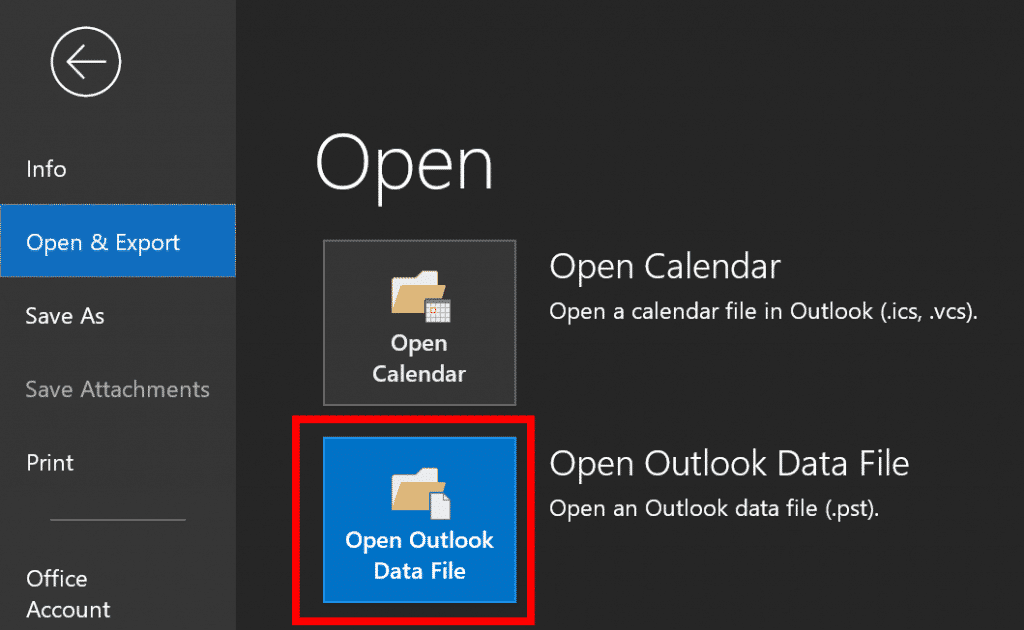
- Head to menu ‘File’.
- From there, open the Outlook Data File.
- Now, transfer all the messages you have received again to this file.
- Close the mail client.
- Head to Control Panel.
- Find the Data Files via ‘Mail’- ‘E-mail Accounts’.
- Choose the previous data file.
- Assign it the default status.
- Choose the new data file.
- Remove it.
These steps eliminate the duplication issue, but they do not wipe out the old file. If you would like to clean your machine, begin by identifying its location path via Settings. This way, you can remove it physically.
Later Versions
These editions have an important advantage — the memory of previously downloaded messages. This is possible because the knowledge is contained in the data file itself. Thus, during configuration, you only need to set the existing data file as the default location, rather than let the system generate a clean one.
Accounts whose settings were fetched via AutoDiscover are different. The user may choose the manual configuration. The option summons a screen that displays account settings. The section titled ‘Deliver new message to’ allows selection of the previous data file.
What if the account has already been configured? You can still assign the right location for default delivery. To do so:
- Head to ‘File’.
- Go to ‘Account Settings’ from ‘Account Settings’.
- Pick the necessary account.
- Click the ‘Change Folder’ button.
- Choose ‘New Outlook Data File…’.
- Locate the old file.
Possible Culprit: Synchronization Tools
The opportunity to sync up is great, as users may copy the entire address book to their mobile device. This way, mail environments on desktop computers and portable systems all work in unison and share data with one another instantly. A first-time connection may be tricky, and it is also a cause of duplication.
This is inevitable if the systems store details for the same person, but their name is written differently. For instance, if ‘John’ on your smartphone and ‘John Smith’ in Outlook refers to the same person, synchronization will create a duplicate. How is the system supposed to know the entries are connected?
Hence, before launching the process, tidy up your address book. It is natural for users to store contacts by first name only. This is bound to result in replication. Cleaning up is easier via Outlook.
- Create a new profile (use a dummy account or go without it).
- Give this profile a relevant name to make it easy to find (e.g., Phone Contacts).
- Sync up with Phone Contacts.
- Tidy up the contacts using the mail client.
You can also ensure the first attempt does not create duplicates. This is achieved by moving the details from the Phone Contacts profile to the original one. This generates a ‘master copy’ of your contacts in the mail system.
- Launch the mail client using the original profile.
- Establish a connection to the data file (*.pst) on your smartphone via ‘File’ — ‘Open’ — ‘Outlook Data File…‘
- Transfer data from the ‘Phone Contacts’ file to the original Contacts folder.
It is recommended you back up the data file in case the systems fail to sync up. At this point, you can still be faced with the issue of replication. This is because the system lacks the intelligence to detect similar entries. Luckily, there is a simple solution.
Remove all the contacts from your smartphone. Adjust the settings of your synchronization tool. The goal here is to use the original mail profile and sync it up. This is a surefire way to prevent duplicates!
Possible Culprit: Virus Scanner
Anti-virus defense is crucial, but some of these scanners integrate themselves with your mail client. Their interference in the normal mail cycle may lead to multiple deliveries of the same emails.
Without protection, the process of sending and receiving is straightforward. First, the system will connect to the mail server to see what emails are currently stored. The server responds with a list, which is then compared against the one stored locally. Thus, Outlook checks if all the messages have been collected.
If there is no new mail, the connection is closed. If there are entries identified as new, these messages are requested from the server. Once these are received, the connection is closed, and the local list is updated.
This details a perfect cycle. If an interruption results in unexpected termination, the mail client will not be able to close the connection properly. As the cycle will be regarded as failed, the local list of incoming mail will not be updated. This means the system will be unaware of the messages received during the flawed cycle. Thus, during the subsequent interval of Send/Receive, it will identify those messages as new, collect them from the server, and deliver duplicates. Proper closing of a connection is a mandatory condition for updating the local list.
Virus Scanners As Disruption
An integrated virus scanner acts as an intermediary between Outlook and the server. Instead of going to the server, the Send/Receive request is intercepted by the tool. It then establishes the connection to the server, acquires the list of stored emails, manages the timeouts, closes the connection, and informs Outlook of this.
This does not mean virus scanners are evil by default. Some of these systems function flawlessly. However, as they interfere in the process, they create a new point of failure. If the connection is not closed like it should be, you could end up with duplicates. This is because, during the next connection, the same messages will land in your inbox.
This is not the only reason to steer clear of integrated scanning systems. In fact, they are simply unnecessary. It is enough to use default security settings of the mail client, and install a reliable on-access-scanner. As long as you keep the tool updates, your protection is sufficient. Disable integration if your virus scanner establishes it by default. The exact procedure should be specified in its documentation.
Possible Culprit: Firewall
A firewall is a useful tool for cyber defense. However, it may also interfere with your mail reception. Such systems may terminate a connection to the server before the check is concluded. If their settings are too rigid, these should be changed.
Check and disable the system. Then, observe the results of two subsequent intervals of Send/Receive. If the firewall was indeed the root of duplication, you will notice it has stopped. Study the documentation to see how to configure your firewall properly. Look for the section devoted to mail retrieval.
Automated Tools
Finally, you may skip manual tinkering altogether. Today, there is a broad range of special tools designed to eliminate duplicates. These are known as duplicate remover utilities. Thus, if the volume of replicated mail is too big to handle manually, automation saves a lot of time.
Conclusion
Mail duplicates are not just redundant: they clog up your inbox, preventing efficient communication. Cleaning up the mess takes time, and the procedure depends on the culprit. In this article, we have offered solutions for common cases of multiplication.

